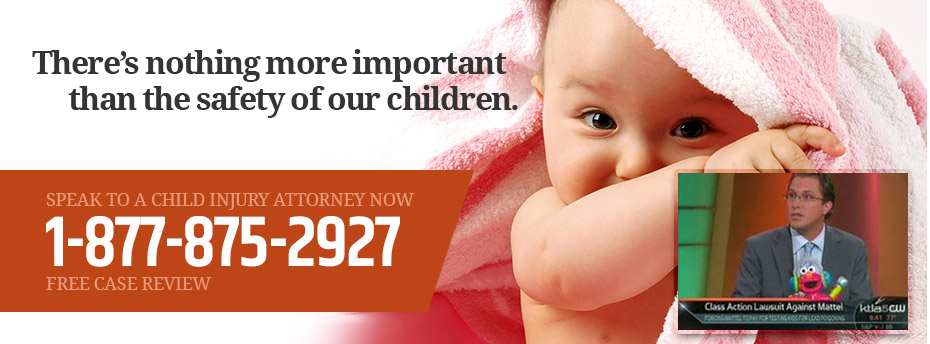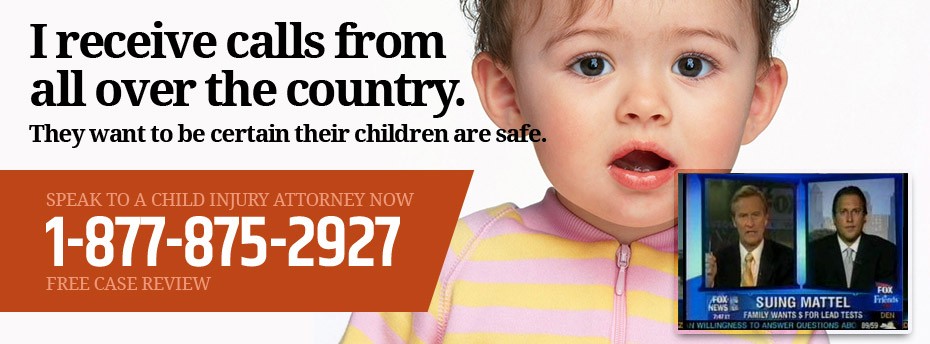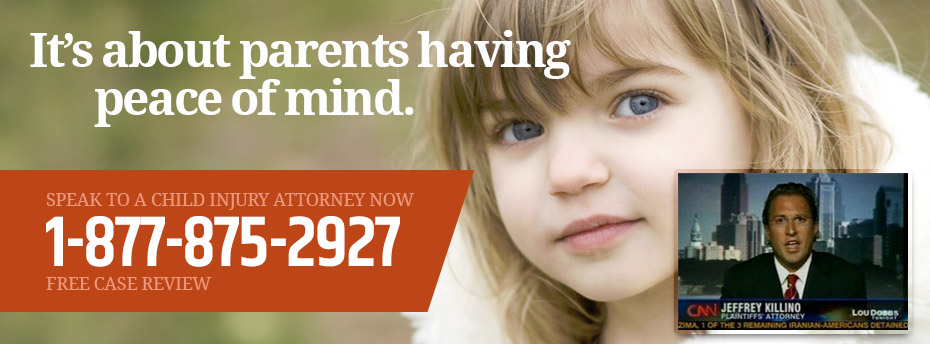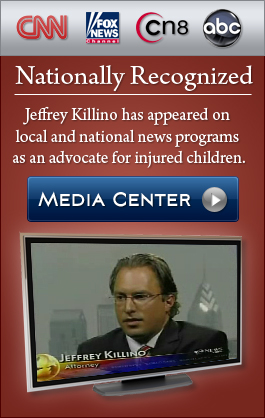The word “congenital” means existing at birth and it is a defect, not a disease. Birth defects, either physical or mental disability, can result from genetic or chromosomal disorders, exposure to certain medications or chemicals, or certain infections during pregnancy. They are the leading cause of death for infants during the first year of life, affecting one in every 33 babies (about 3 percent of all babies) born in the United States each year, according to the CDC.
Congenital heart defects are the most common, followed by spina bifida, cleft palate, clubfoot, and congenital dislocated hip. When there is a problem with a baby’s body chemistry, it is known as a metabolic birth defect.
Congenital Heart Defects
Whether caused by the environment or inherited, congenital heart defects are among the most common form of birth defects, with over 32,000 infants (1 out of every 125 to 150) born each year having some kind of heart defect. A congenital heart defect (CHD) results when the heart, or blood vessels near the heart don’t develop normally before birth.
A baby’s heart begins beating just 22 days after conception. By day 28, a general heart-shaped form with the structures of the chambers and blood vessels is in place. Structural defects often occur at this time.
There are at least 18 types of recognized congenital heart defects. Fortunately progress in diagnosis and treatment (surgery and heart catheterization) makes it possible to repair most CHDs, even those once thought to be inoperable. To learn more about the types of heart defects and a glossary of terms, visit here.
Causes of Congenital Heart Defects
Not all CHDs have known causes, but factors that make them more likely to happen are problems with genes or chromosomes in the child, such as Down syndrome;
- taking certain medications, alcohol or drug abuse during pregnancy;
- a viral infection such as rubella (German measles) in the mother in the first trimester of pregnancy,.
- poor nutritional status,
- obesity in the mother
- maternal chronic illness, such as diabetes, phenylketonuria (PKU) and a deficiency in the B vitamin folic acid.
- parents being closely related.
Of the 18 types of CHDs, only a few have known causes and/or contributing factors. For instance, d-Transposition of the Great Arteries cause is unknown, but genetic factors may contribute to it. Pregnant mothers with uncontrolled diabetes are at higher risk of having children with transposition.
Medications Linked to Congenital Birth Defects
Although prescription drug use is common during pregnancy, the human teratogenic risks are undetermined for more than 90 percent of drug treatments approved in the USA during the past decades, according to a study published in Human Reproduction Update (2010). As well, approximately half of the pregnancies in the USA are unintended so many women expose their unborn children to drugs before they know they are pregnant.
(A teratogen is an agent that can disturb the development of the embryo or fetus; halt the pregnancy or produce a birth defect. Classes of teratogens include radiation, maternal infections, chemicals, and drugs. Teratogens are classified into four types: physical agents, metabolic conditions, maternal infection, and finally, drugs and chemicals. ) And combinations of seemingly unrelated prescription and over the counter medications may utilize similar teratogenic mechanisms, which could result in increased risk of birth defects.
Every medication has a risk factor classification associated with potential risk factors during pregnancy, from Category A to D to X.
- Category A: controlled studies show no risk or find no evidence of harm.
- CategoryB: there have been no well-controlled studies on the effects of the drug on pregnant women.
- Category C : animal studies have shown risk to the fetus, there are no controlled studies in women, or studies in women and animals are not available.
- Category X: Studies in animals or human beings have demonstrated fetal abnormalities, or there is evidence of fetal risk. The drug is contraindicated in women who are or may become pregnant
Category C is troublesome. It means a medication gets this classification when there is insufficient information on its use during pregnancy, so it could be safe or harmful.
Zofran
Despite many studies conducted worldwide by birth defect researchers, along with exhaustive birth and prescription records linking Zofran to birth defects, the anti-nausea drug is still being prescribed off label in the United States to pregnant women. Zofran is classified as Category B.
Zofran has for many years been the most popular medication to treat morning sickness, and has made huge profits for GlaxoSmithKline. But the drug was never studied on pregnant women. Thankfully, however, women in Denmark who took Zofran during the first trimester unknowingly became statistics in Zofran studies. They were 60 percent more likely to give birth to babies with heart defects and more than twice as likely to give birth to children with life-threatening cardiac septal defects – holes in the heart. And they were twice as likely to have babies with cleft palate.
Paxil
The FDA reviewed two studies which found that women who took Paxil in the first three months of pregnancy were 1-1/2 to two times more likely to give birth to a child with a heart defect than women who took other antidepressants or pregnant women overall.
Researchers found that women who took pregabalin during pregnancy had a higher risk of having babies with birth defects. The study shows a three times greater risk for birth defects in women who took pregabalin during their first trimester of pregnancy.
Celexa
Studies have found that babies exposed to Celexa (Citalopram) during certain periods prior to birth run a risk of persistent pulmonary hypertension of the newborn (PPHN), oral cleft, Hypoplastic Left Heart Syndrome and coarction of the aorta. A potential link between Celexa and birth defects has been reported in published studies including the New England Journal of Medicine.
SSRIs – Prozac
According to researchers, pregnant women who take antidepressants such as Prozac (included in a group of medications called Selective Serotonin Re-uptake Inhibitors, or SSRIs) increase the risk of birth defects in their babies by more than half. Women using SSRIs in the first 12 weeks of pregnancy—when many may be unaware they are expecting—were at a 40 percent greater risk of their baby suffering malformation. The risk of heart defects was 60 percent higher.
Lexapro
Women in a Danish study who took SSRIs similar to Lexapro during the second or third month of pregnancy had an 84 percent higher risk of having a baby with heart defects. The FDA, however, has placed Lexapro in Pregnancy Category C.
Contact your health provider who prescribed the drug to determine whether the risks of taking a medication outweigh the benefits.
Attorney Jeffrey Killino is not only an experienced lawyer — he is also a child
advocate. When an unborn child injury or death occurs due to a congenital birth defect, he has the know-how and resources to guide you through the legal process to get what you and your family are entitled to. If your child has suffered a congenital birth defect because of a drug company’s negligence, Jeffrey Killino can help.
Medications Linked to CHDs
Ebstein’s Anomaly has been linked in the past to mothers on lithium. Currently, pregnant woman on lithium (to manage bipolar disorder) are usually referred for fetal echocardiography to assess for Ebstein’s anomaly in the fetus. Accutane (acne medication) and some anti-seizure medications are linked to CHDs.
Smoking
The National Institute of Health, HealthDay News reported a study back in 2006 indicating that women who smoke during early pregnancy are more likely to have a child with congenital heart defects. Exposure to second-hand smoke also increases the risk.
Genetic Factors
According to AmericanPregnancy.org, genetic factors contributing to CHDs are due to:
- Heredity – Malformations are more likely to occur in siblings or offspring of individuals with heart defects than those without.
- Mutations – Several mutations can affect the formation of the heart and lead to congenital heart malformations such as atrial septal defect (a hole between the upper chambers of the heart).
- Linked with other birth defects – More than one-third of children born with Down syndromehave heart defects. About 25 percent of girls with another chromosomal abnormality called Turner syndrome have heart defects.
- A gene that increases sensitivity to an environmental trigger can be inherited, including certain heart defects.
Environmental Causes
An environmental cause can include alcohol, a medication or a disease the mother has that can increase the chance for the baby to be born with a birth defect. An agent that can cause a birth defect is known as a teratogen.
The role of environmental pollutants from various sources and the development of CHD is increasingly gaining attention. An exhaustive study published by Advances in Pediatric Research (2018) examined the role of environmental pollution in relation to the development of CHD. Researchers identified associations between various chemicals and CHD.
Air Pollution
Environmental factors such as ambient air pollution have been associated with congenital heart defects. The aim of a United States Environmental Protection Agency (EPA) study was to investigate the association between gestational exposure to air pollution and the risk of congenital heart defects. Pollutants studied were carbon monoxide, nitrogen-dioxide, ozone, sulfur-dioxide and particulate matter with aerodynamic diameter smaller than 10μm and 2.5μm (PM10, PM2.5 respectively). Researchers found that maternal exposure to increased concentrations of PM10 was associated with multiple congenital heart defects.
The Environmental Research Journal (July 2013) found gestational exposure to particulate matter was associated with congenital heart defects. The aim of the study was to investigate the association between gestational exposure to air pollution and the risk of congenital heart defects.
Oil and Gas Wells. LINK TO CONGENITAL HEART DEFECTS ASSOCIATED WITH OIL AND GAS BLOG
Maternal proximity to oil and gas well sites has been linked to congenital heart defects in babies. A recent study published in the journal Environment International (June 2019) evaluated the relationship between maternal proximity to oil and gas well site activities and births with CHDs. Researchers found “further evidence of a positive association between maternal proximity to Oil and Gas well site activities and several types of CHDs, particularly in rural areas and in areas with high densities of air pollution sources not associated with Oil and Gas activity.”
If your child has suffered a congenital heart defect and you live near an oil or gas area, you may be entitled to recover damages from the party or parties responsible. Child-injury lawyer Jeffrey Killino is dedicated to helping children and families obtain the compensation they deserve. Contact Jeffrey Killino at 877-875-2927 to learn about your legal options.
Congenital Birth Defect Prevention
You can lower your chances of having a baby born with a congenital birth defect by a number of ways, such as avoiding exposure to harmful substances – these include lead, pesticides and radiation (i.e., X-rays), which may harm the developing fetus.
Folic acid is a B vitamin that, if taken before and during early pregnancy, can help prevent neural tube defects (NTDs), which are major birth defects of the baby’s brain and spine (anencephaly and spina bifida). The FDA mandated that by January 1, 1998 all grain products labeled as ‘enriched’, such as breads and cereals, have folic acid added to them to help reduce the risk of NTDs. This is known as folic acid fortification. The CDC notes that using data from state birth defects tracking systems, researchers found that since folic acid fortification, about 1,300 babies are born each year without an NTD who might otherwise have been affected.
If you would like to learn more about congenital birth defects associated with environmental causes such as oil and gas well sites and how best to safeguard unborn child or youngster against these dangers, contact child injury lawyer Jeffrey Killino today at 877-875-2927 to discuss any questions you may have with him.





